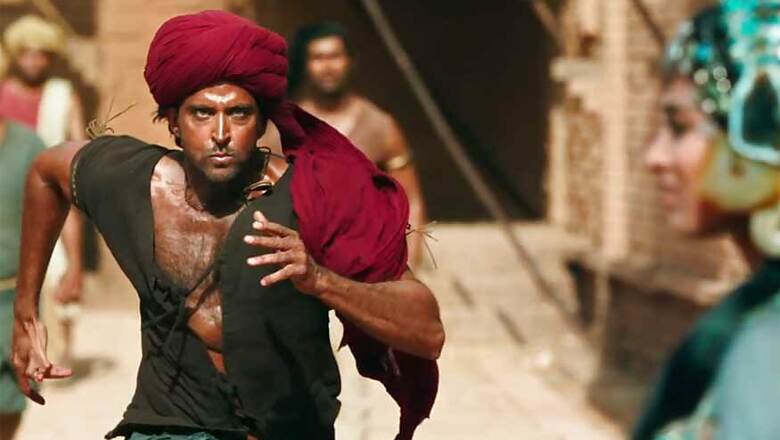
views
There’s a classic joke about a famous Bollywood producer who hired a leading historian to consult on his script for a blockbuster historical film. The historian was pleased that finally a producer was trying to make an authentic historical film. He was paid a handsome fee and asked to give extensive notes and research material on the subject.
When the film was released, the historian saw the film and was shocked: There was not a shred of authenticity in the film. It was a travesty!
He asked the producer: “Sir, I gave you all the research and notes!"
The producer said, “I got your research and your notes."
The historian said, “Then what happened?"
The producer said, “I read your notes and your research. Then I tore them up, and I made a hit film."
Ashutosh Gowarikar has been at pains to announce to the world how hard he tried to make Mohenjo-Daro a historically accurate film. He has talked extensively in the media about hiring the world’s leading historian on the Indus Valley Civilization - an American, since Indian historians are not able to access the actual site of Mohenjo-Daro in Pakistan. He also hired the best Indian historians, archaeologists and histiorographers to consult on the film. He chose a shooting location at Bhuj, close to the ruins of Dholavira, another Indus Valley city. He hired experts to design authentic sets, costumes, every aspect of the film.
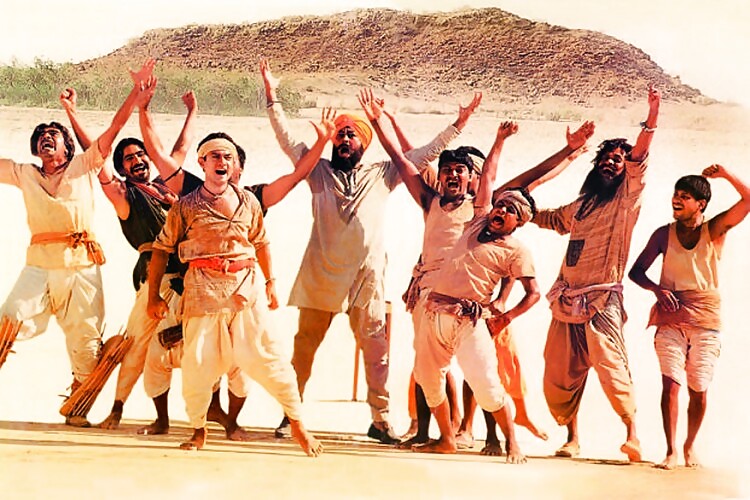
But in the end, he made a hit film that has nothing to do with actual history and is total fiction. In fact, you could even say that Mohenjo-Daro is not even historical fiction. It’s pure fantasy. That’s something that worked for him in Lagaan, but what about Mohenjo Daro? It’s not cricket, Mr Gowarikar!
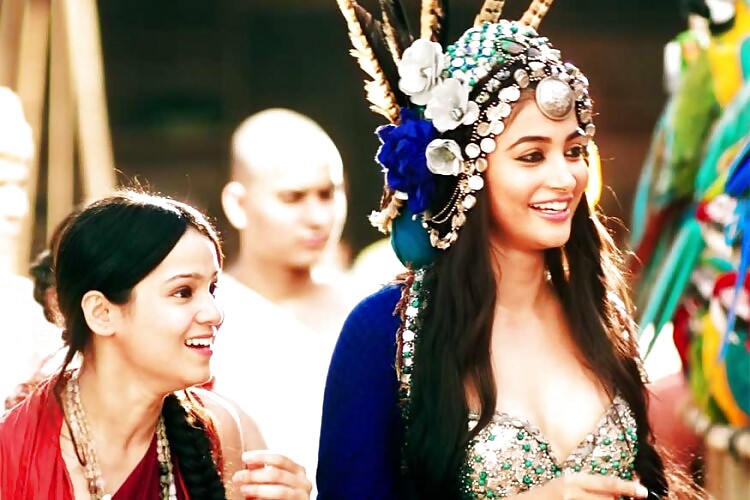
Take something as simple as clothing.
When you watch Pooja Hegde and Hrithik Roshan sway to the rhythms of Sarsariya, you are expected to believe they are people living in the year 2016 BC. But the truth is, in 2016 BC, there were no sowing machines or modern stitching patterns. The woven fabrics we use today didn’t exist. The colors, the cuts, the styles, none of it existed.
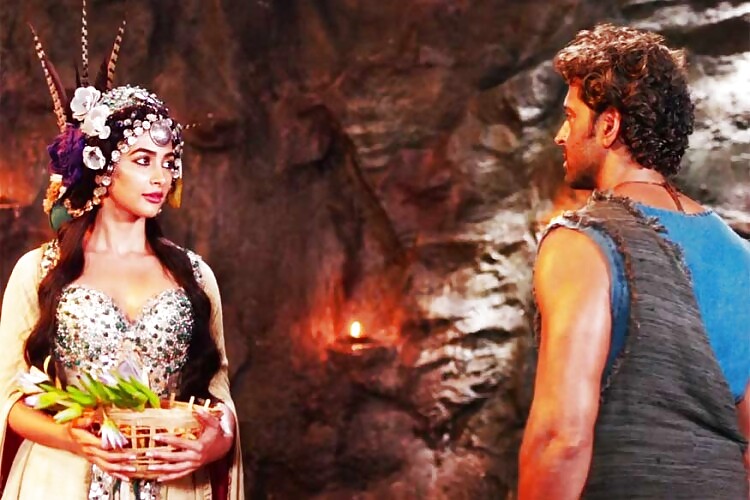
From seals such as the famous Dancing Girl, and others found in the ruins, it seems likely that the women of Mohenjo Daro wore headgear - and almost nothing else! Men probably wore loosely draped lengths of hand-woven cloth, wrapped or tied around their waists.
To be authentic to the clothing of that era, the women characters in the story would either have to be portrayed nude, or semi-nude. The men would also have only the bare minimum of clothing.
The language of that era is still not deciphered by experts. We know they did not speak Sanskrit or derivative languages like Pali or Prakrit. They had their own dialect and to this day, even the world’s leading experts have not been able to translate it successfully.
What would Mr Gowarikar do? How does he create dialogues for his stars to speak?
Not a problem!
It’s a Bollywood film. Let them speak Bolly bhaasha!
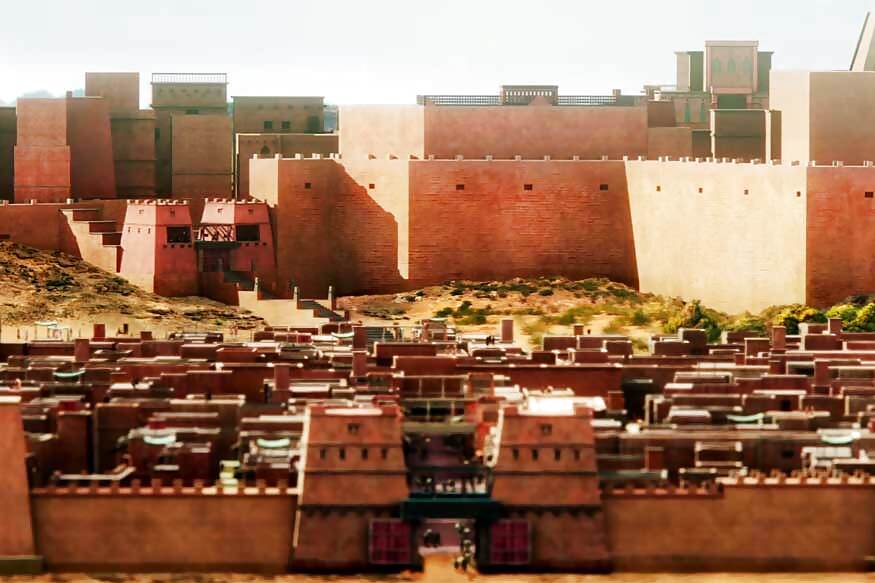
The location itself is a fiction. Bhuj in Western India is close to the ruins of Dholavira, another Indus Valley City. But the differences between Dholavira and Mohenjo-Daro are immense. The two cities are nothing alike. Each city was built keeping in mind the local geography and designed according to certain specific patterns and structure because of the surrounding terrain. To film Mohenjo-Daro near the site of Dholavira removes the last shred of architectural authenticity.
The Rig Vedic epic of Dasarajna is a great battle saga believed by many historians to have been the genesis of the great culture today known as the Indus Valley Civilization. The epic has some similarities with Gowarikar’s Mohenjo Daro script, especially the ending where Raja Sudas’s enemies are washed away by a great flash flood from the river Parusni. But to make a film of Dasarajna would require a filmmaker willing to make a historical fiction, not a fantasy like Mohenjo Daro.
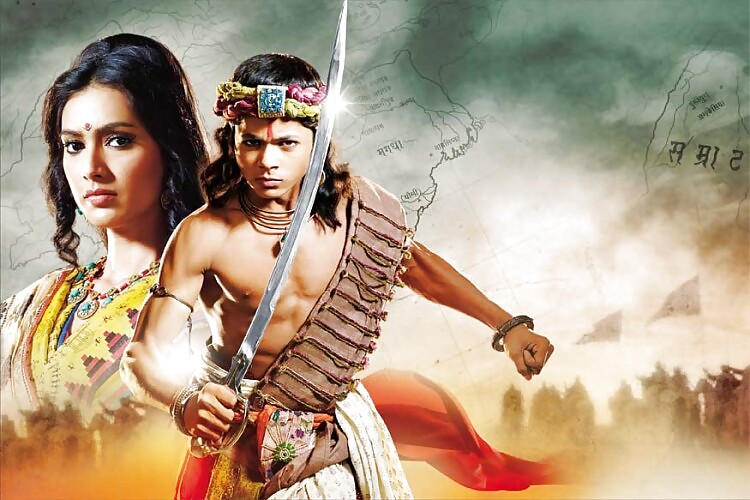
It’s become fashionable in Indian entertainment to ignore authenticity for the sake of television ratings or box office earnings.
In the TV serial Chakravartin Ashoka Samrat (originally based on my own story) the producers took liberties with Indian history and historical personages that would have made Chanakya turn over on his funeral pyre. The scriptwriters even ripped off sequences from Bollywood movies like Khuda Gawah and US fantasy show Game of Thrones to try to grab eyeballs. It’s sad to see such shortcuts taken when our actual history is so great and filled with great stories.
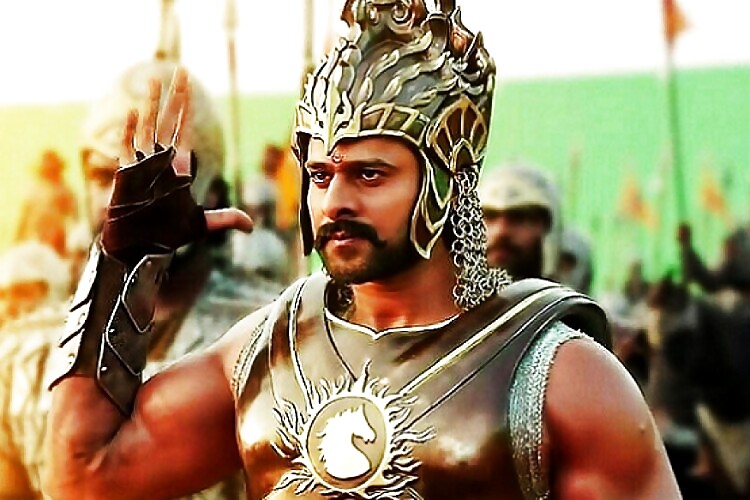
In the superhit film Baahubali and its upcoming sequels Baahubali 2 and 3, filmmaker SS Rajamouli’s script is said to have originally drawn its inspiration from the epic Mahabharata, right down to the names of its major characters and cities, and major plotlines.
But in a bid to increase box office prospects, any claim to authenticity was apparently ignored and the film was little more than a fantasy, with the hero virtually stripping a female warrior nude and painting her body, racism against tribals, and other offensive elements added to add mirch masala to the plot. Rajamouli’s storyline for his film Kurukshetra is said to be a five-part series further ripping off plotlines from Vyasa’s epic with utter disregard for the original story and characters. Approached by Rajamouli himself to write Kurukshetra for him, I politely declined. Mahabharata is the greatest story in world history: unless one respects the original epic, one should not even think of touching it on celluloid.
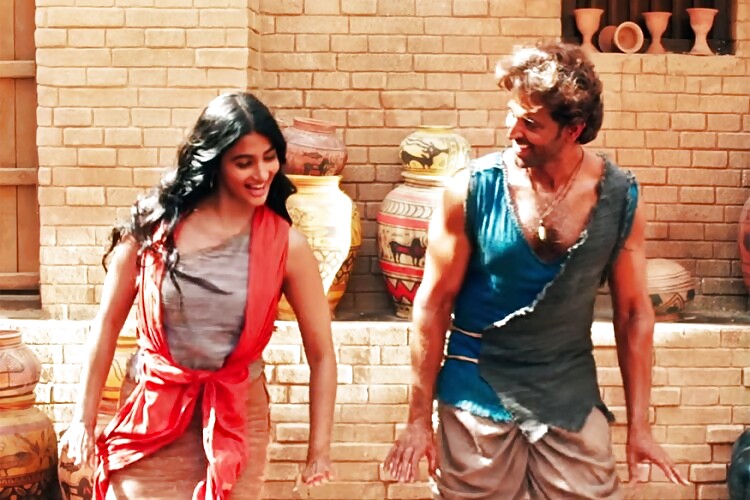
Gowarikar hopefully shows more respect for Pakistan’s and India’s shared ancient history by avoiding such blatant sexism, racism and cheap shortcuts. But at best his Mohenjo Daro is awash with historical inaccuracies and fantasy fiction from his own imagination. And the fact is, to an entire generation of young Indians, Hrithik Roshan dancing with Pooja Hegde, or fighting with Kabir Bedi, while the Indus Valley rises and washes them all away - in Bhuj, Gujarat - will be the only glimpse of this great historical civilization. And it will be wholly unauthentic.

















Comments
0 comment